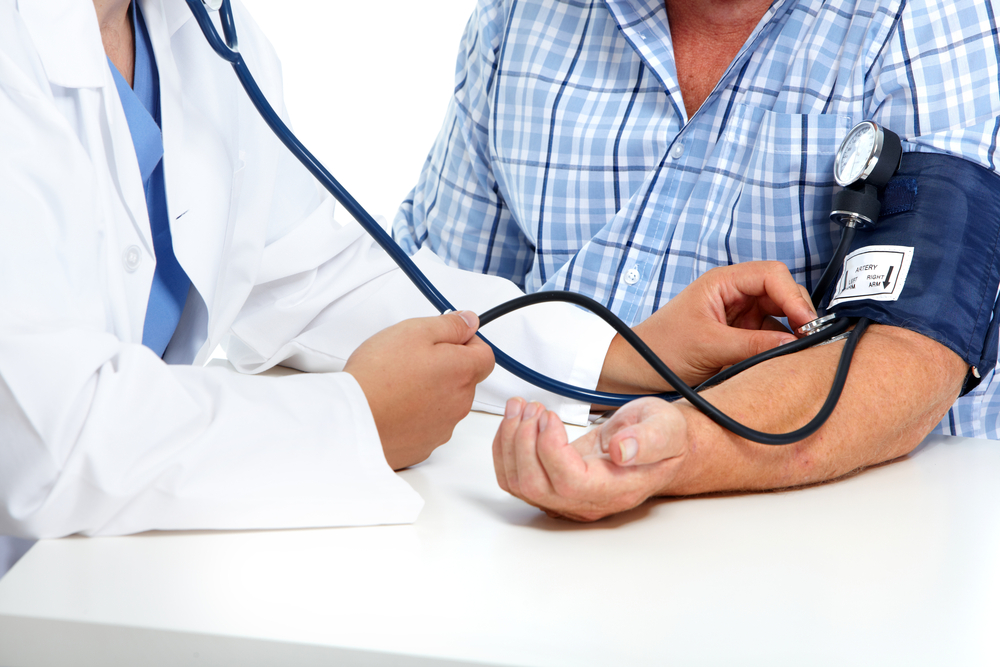You’ve probably heard that high blood pressure can be a cause for health concern (in fact, House Call Doctor wrote about it recently) but what about low blood pressure? We take a look at the causes of low blood pressure and the different categories they fall into.
Well, for some people, low blood pressure – also called hypotension – can be the sign of an underlying health problem.
This is especially true for people who suffer from dizziness, nausea, lightheadedness, faintness, tiredness, or blurred vision when their blood pressure drops suddenly.
But other people with low blood pressure will feel fit and healthy and their doctors may just monitor them during routine exams.
This is because every body is different and a low blood pressure reading for one person may be considered a normal reading for someone else.
What is blood pressure?
Each time your heart beats to pump blood around the body, it goes through an active and a resting phase.
Your blood pressure measures the pressure in your arteries during each stage of a heartbeat – both active and resting.
A blood pressure reading is described by two numbers.
The current guidelines put normal blood pressure at lower than 120/80 mm Hg. You will often hear doctors and health professionals describe this as “120 over 80”.
The first number is the systolic pressure. This is the amount of pressure created when blood is pumped through your arteries.
The second number is the diastolic reading. This is the amount of pressure in your arteries when your heart rests between heartbeats.
How low can you go?
Most doctors consider a patient’s blood pressure to be too low when it causes some of the symptoms mentioned above, such as dizziness and nausea.
It’s also widely agreed that if your systolic reading is below 90 or your diastolic reading is below 60 your blood pressure is lower than normal.
Natural changes in blood pressure
Blood pressure changes naturally throughout the day.
It’s generally at its lowest when you’re asleep, and then spikes when you wake up.
It also changes in line with your stress level, body position, breathing rhythm, what you eat and drink and any medications you take.
Low blood pressure can be separated into different categories, depending on what is causing it. We’ve looked at some of the common ones.
What are the causes of low blood pressure?
Orthostatic, or postural, hypotension
This is a sudden drop in blood pressure when you stand up after you have been sitting or lying down.
It happens because gravity makes blood to pool in your legs when you stand up.
Normally, your body increases your heart rate and constricts blood vessels to send blood back to the brain, but for people with orthostatic hypotension this compensating mechanism fails which causes their blood pressure to fall.
Postprandial hypotension
This is a sudden drop in blood pressure that occurs after eating. It happens because after you eat, blood flows to your digestive system.
Normally your heart rate increases and certain blood vessels constrict to keep a normal blood pressure. However, for people with postprandial hypotension, these mechanisms fail.
Postprandial hypotension is more likely to affect people with high blood pressure or autonomic nervous system disorders such as Parkinson’s disease.
Lowering the dose of blood pressure drugs and eating small, low-carbohydrate meals can help reduce the symptoms.
Neurally medicated hypotension
This disorder causes the blood pressure to drop if a person is standing for a long time.
It’s likely caused by a miscommunication between the heart and the brain and mostly affects young adults and children.
These are just a few causes of low blood pressure. If you are concerned or have any questions please book an appointment with your healthcare professional.





